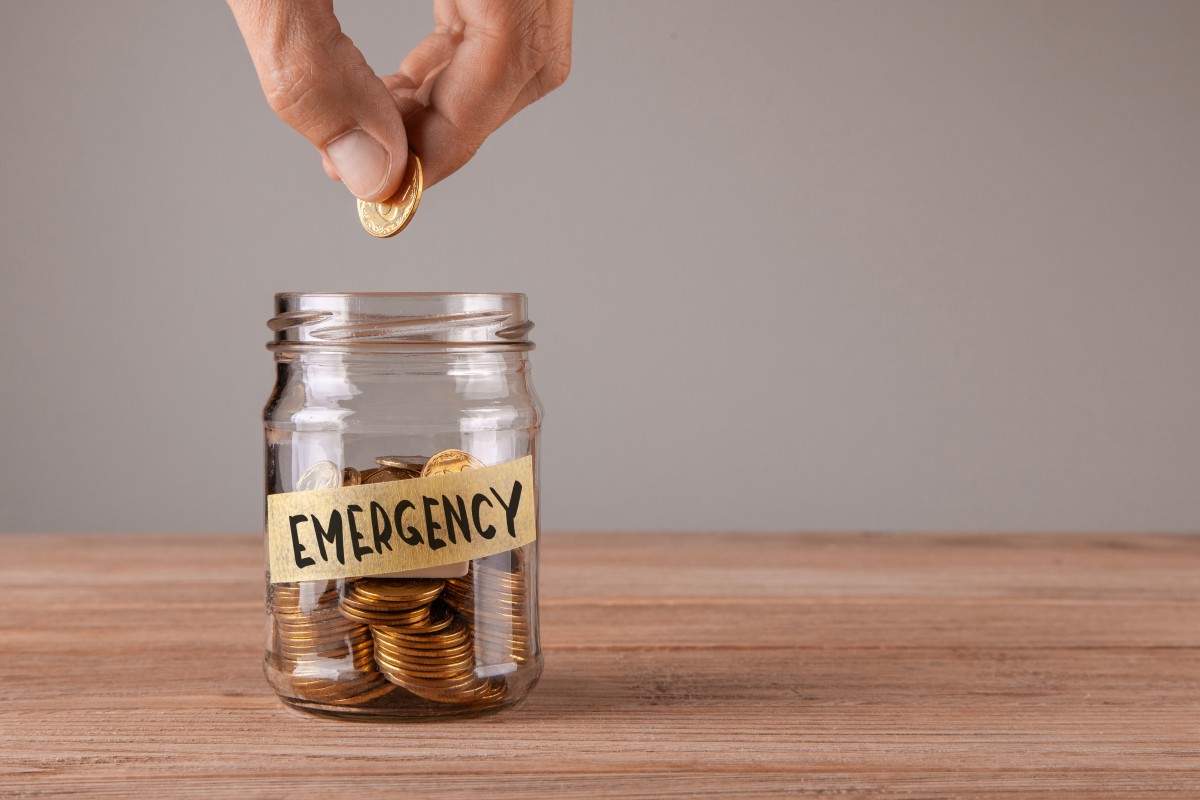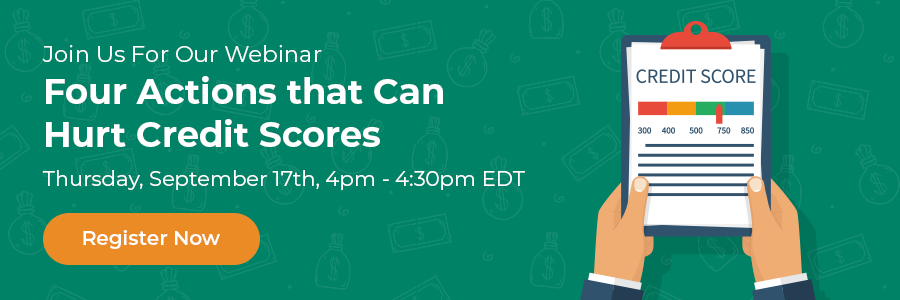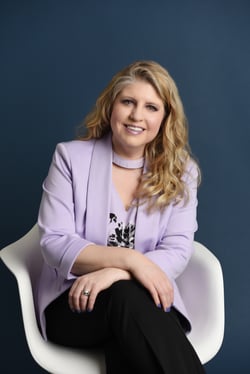
An emergency expense is a major and sudden financial need that isn’t part of your current budget. Because it is unplanned for, an emergency expense doesn’t give you time to “play with” your budget. Instead, it requires that you’ve already set up an emergency fund.
It’s important to understand that emergency or unexpected expenses are not your everyday “occasional expenses.” Occasional expenses, such as car maintenance, back to school shopping, etc., should be included in your ongoing budget. An emergency fund is also not a “rainy day fund”; it should be maintained and used for emergencies only.
Setting up an emergency fund allows you to handle an unexpected expense without going into debt while avoiding high-cost loans. It gives you peace of mind since you know that you can cover an unexpected event and it gives you financial control when one happens.
Why are we talking about emergency funds now? Of course, they’re always important, but COVID 19 has really shone a light on the need for them. The virus has changed the world as we know it, and while you may think you have adjusted to the new situation, health experts are telling us to be prepared for a second wave of the virus. With this in mind, it’s important to be financially prepared.
Why You Need an Emergency Fund vs Savings
Unplanned expenses, by definition, come at you from out of the blue. A financial emergency could mean that someone broke their leg and can’t work; a pet might suddenly become ill and need emergency care; or, as we’ve seen, a virus like COVID 19 could turn the whole world upside down. You probably won’t see these expenses coming, so without an emergency fund, how do you handle them?
Some people take money out of their Registered Retirement Savings Plan (RRSP). However, there are tax implications for doing this that can affect your tax rate for the year. Additionally, it leaves you less money for your retirement.
Some people cash in an investment, but pay a penalty if the investment hasn't matured (or they cash it in when the markets are down and take a loss). Others max out their credit cards or take out a payday loan – both of which have high interest rates that significantly increase the amount of money you eventually have to pay back. Suddenly, the emergency has become even more expensive!
Emergency savings allow you to access much-needed money without dipping into other forms of savings or resorting to these other financially-draining tactics.
How Much Money Do You Need in Your Emergency Fund?
Some experts say emergency savings should consist of anywhere between three and six months’ worth of your expenses, but this amount may seem daunting for a lot of people. So, let’s break it down – look at your budget and see what you can afford to put in your emergency fund every month and start from there. If you’re only putting a little away, it will take time to build up, but it will grow over time. Remember, your emergency fund won’t be accessed on a regular basis.
Your situation also affects the amount you need to put away. If you have a good salaried job that’s unlikely to be downsized, you may not require as large a fund as someone who is paid on commission. You also need to consider the size of your family or the number of dependents you have. For example, if you have young children, you may want to increase the amount of money you put into your emergency fund.
Ultimately, it’s up to you to determine how much you need in your emergency fund.
Where Should You Keep Your Emergency Fund?
ITo be sure you don’t dip into your emergency fund to cover those occasional expenses, it needs to be separate from your everyday bank account. Ideally, it should be in an account you rarely look at; as they say, “out of sight, out of mind.” That means you should not be looking at the balance every day to avoid temptation.
I often recommend to clients that they avoid attaching the account to their debit card so that when money is needed, they have to make a trip to the bank—this gives them time to reconsider the expense, deciding if it truly is an emergency, rather than using the available funds on the spot.
Of course, you probably want the emergency funds to be somewhat accessible, so it is important not to lock them into an investment that has a maturity date. You won’t earn much interest this way, but the funds will be available when they are needed. Remember, this is a form of savings, not an investment.
How to Start Your Emergency Fund
Step one is to make the decision to create an emergency fund. Then, put money into this account on a regular basis; make it a habit. You might even consider setting up an automatic transfer so that money goes in on a regular basis such as every payday.
Another great way to add to your emergency savings, without even really noticing, is to take advantage of bank or credit union round-ups on debit purchases. Here’s how it works: Say you make a $4.50 purchase. The bank or credit union rounds this up to $5 from your chequing account and the extra 50 cents goes into the emergency fund. You’ll be surprised at how quickly the emergency funds add up, without having to lift a finger.
You should also think about ways to cut out or decrease regular purchases that you make and put that money in your emergency fund. This could be anything from packing lunch for work to cutting coupons and then squirreling the saved money away.
Of course, you should always add extra when you can. Put in your tax return, a pay raise, a bonus, or a gift of money.
Line of Credit vs Emergency Funds
Some financial experts recommend having a Line of Credit versus an emergency fund. While that may be an option, it’s important to remember that credit is not your money and eventually it will need to be paid back. Worse, the interest rate can be increased with little or no warning and, if you lose your job, the bank could lower your credit limit since you will now be considered a “higher risk,” leaving you with little money to work with.
On the other hand, an emergency fund puts money in the bank—your money, not credit
Establishing Your Emergency Fund
Want to start an emergency fund but having trouble getting started? Check out our free webinar on emergency funds here. Or, if you need one-on-one help establishing a fund or even your budget, we can help. Financial preparation is only a phone call away at 1-800-267-2272. The call is free and confidential, so there’s nothing to lose—and a lot to gain!
Or, check out this upcoming webinar:

Frequently Asked Questions
Have a question? We are here to help.
What is a Debt Consolidation Program?
A Debt Consolidation Program (DCP) is an arrangement made between your creditors and a non-profit credit counselling agency. Working with a reputable, non-profit credit counselling agency means a certified Credit Counsellor will negotiate with your creditors on your behalf to drop the interest on your unsecured debts, while also rounding up all your unsecured debts into a single, lower monthly payment. In Canada’s provinces, such as Ontario, these debt payment programs lead to faster debt relief!
Can I enter a Debt Consolidation Program with bad credit?
Yes, you can sign up for a DCP even if you have bad credit. Your credit score will not impact your ability to get debt help through a DCP. Bad credit can, however, impact your ability to get a debt consolidation loan.
Do I have to give up my credit cards in a Debt Consolidation Program?
Will Debt Consolidation hurt my credit score?
Most people entering a DCP already have a low credit score. While a DCP could lower your credit score at first, in the long run, if you keep up with the program and make your monthly payments on time as agreed, your credit score will eventually improve.
Can you get out of a Debt Consolidation Program?
Anyone who signs up for a DCP must sign an agreement; however, it's completely voluntary and any time a client wants to leave the Program they can. Once a client has left the Program, they will have to deal with their creditors and collectors directly, and if their Counsellor negotiated interest relief and lower monthly payments, in most cases, these would no longer be an option for the client.







